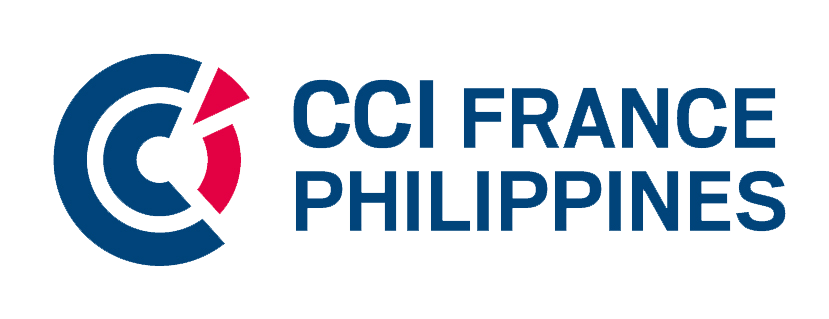
Notwithstanding a difficult economic and monetary climate in 2023 troubled by continuous international strains, the burden of trade limitations, and paramount climates, the Philippine economy has performed well in high domestic product costs, especially for fuel and rice.
In a press release by the country’s secretary of the Department of Finance, Benjamin E. Diokno, the Philippines is producing a stunningly better outcome for 2024 with the reconstitution of the Economic Development Group (EDG) and the production of the Inflation and Market Outlook (IAC-IMO), the formation of sound macroeconomic policies, especially with the foundation of the Medium-Term Fiscal Framework (MTFF), alongside with the continuous design of groundbreaking systemic improvements.
This confidence is shared by most multilateral organizations as they anticipate that the Philippines should be one of the quickest developing economies among the significant economies in Asia in 2023 and 2024 even with the latest modifications in economic projections (Figures 1 and 2).


The International Monetary Fund (IMF) believes that the Philippine economy will have stronger development when compared to an ASEAN country like Vietnam. This belief is supported by an acceleration of public investment and refined external demand from abroad for the Philippines’ exports. The World Bank concurs that the country’s economy will advance rapidly in 2024 caused by confidential consumption. Furthermore, it expects the Philippines to be the quickest developing economy among Asian nations in the East Asia and Pacific locale in 2023, and the second-quickest in 2024.
Moreover, the Philippine economy will stay robust. Economic development will proceed to be broad-based, driven by the industry and service areas. Strong domestic interest will continue to support it, as will the ongoing slow rise in inflation, and strong inflows of remittances from overseas Filipinos (OF). Likewise, the Philippine economy is likely to grow close to the low end of the 6.0 to 7.0 percent growth target for 2023. The acceleration in government spending will further push development as the Philippines to facilitate the creation of catch-up plans, projects, and undertakings, especially on infrastructure, as focused on in the EDG conversations
In addition to this, the job market looks excellent because the consistent unemployment and underemployment rates highlight the maintained economic strength in the country. In October 2023, the state recorded the most reduced joblessness rate since April 2005 at 4.2 percent, the same as the one kept in November 2002 (Figure 4).

These improvements demonstrate the effective efforts of the public authority pointed toward amplifying opportunities for employment and work conditions that brought about robust workforce support. The supported advancement of the work market climate, combined with the declining rate of inflation, rests as a serious area of strength toward the country’s economic development.
Above all, in exploring worldwide distress and the remains of the misfortunes during the pandemic, the state’s coherent macroeconomic strategies, solid macroeconomic essentials, and obligation to primary changes have demonstrated the government’s relentless commitment to pursuing constant economic development for the Philippines.
Read the official press release here: https://www.dof.gov.ph/philippines-paving-the-way-to-a-robust-economic-future/
